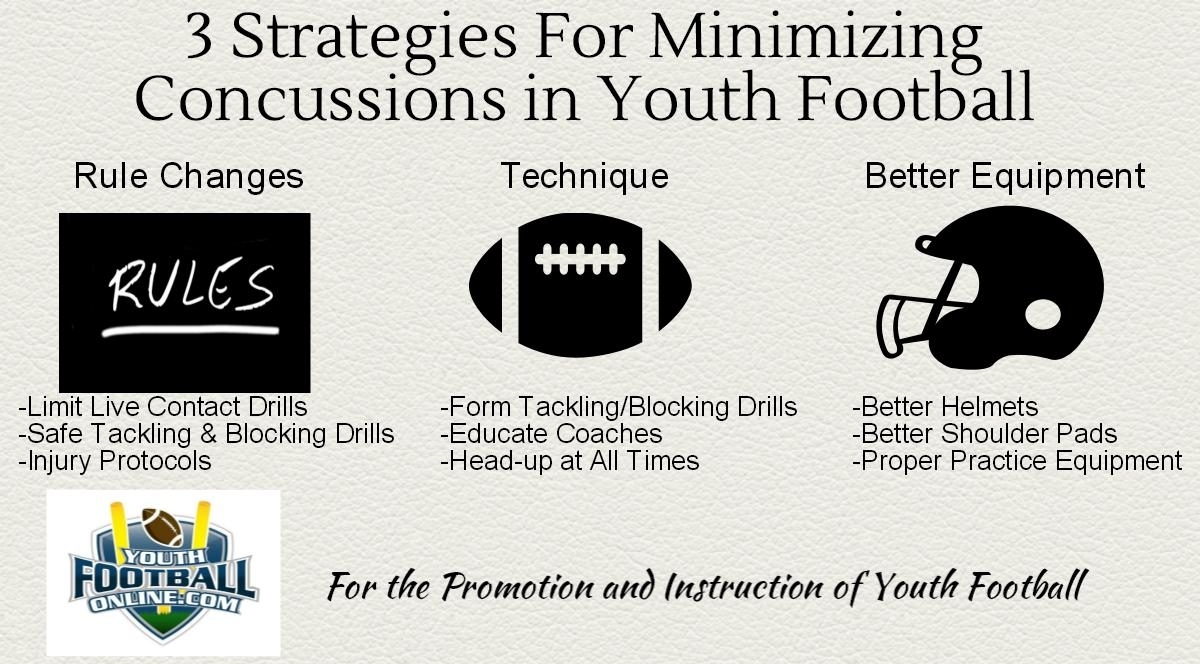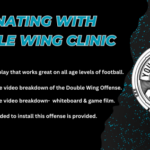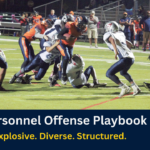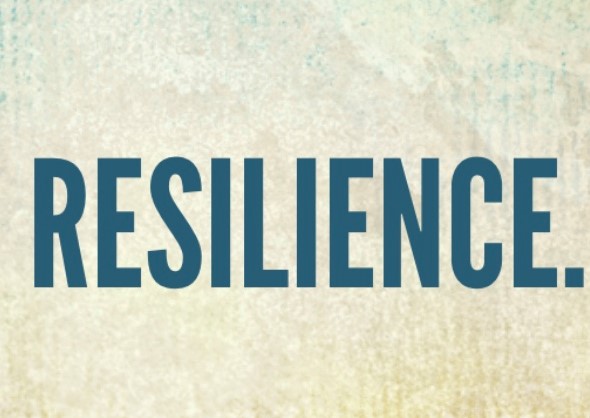Minimizing Concussions in Youth Football

3 Strategies for Minimizing Concussions in Youth Football
Rule Changes
Minimizing concussions in youth football all starts with rule adjustment/changes. Pop Warner was the first major youth football organization to implement new rules that limited the amount of hitting allowed each practice. In Pop Warner, coaches cannot have the players hit for more than a 1/3 of the practice. In addition, coaches cannot have the players execute contact drills in which they are lined up more than 3-4 yards apart.
The majority of high head acceleration impacts occur at practice. This is an indication that coaches are hitting excessively during the practice week. This also suggests that coaches are executing drills that are allowing the kids to generate too much force. There were a lot of coaches that had a problem with these rule changes. They believed that these changes will allow their players to become a “poor tackling” team because they cannot practice live tackling as much. .
It is absolutely vital that you practice live tackling on a daily basis during the practice week. I am not saying you should tackle dummies all practice. Practicing tackling does not mean just doing live tackling drills all practice either. You can practice tackling on tackling dummies, tackling sleds, and you can do form tackling. These are all excellent ways to teach proper technique without the collisions. Begin with form tackling drills, then work into some live tackling drills.
Poor drill operation and lack of technique (sickening video):
Study: Virginia Tech Sensor Star Program compared teams that adopted these new rules with teams that did not. They observed nearly a 50 % reduction in head impact exposures with the teams that adopted these new rules.
Conclusion
• Coaches should do more non-live tackling drills to rep technique and to limit the amount of head impacts during practice. Coaches should have the kids do live contact drills to practice the proper technique they learned from the non-live instructional tackling drills. Live tackling should occur no more than 1/3 of the practice.
• Coaches should decrease the distance between players when they are doing live contact drills. This will ultimately reduce the number of high acceleration impacts during the practice week. Keep the kids at a distance of no more than 3-4 yards when doing live tackling drills.
These rules apply to blocking techniques as well!
Correct Live Tackling Drill & Technique:
Coaching Tip: You can see on the video-when we do live one on one tackling drills we put two tackling dummies down. Many times those dummies will absorb most of the impact of the kids as they fall to the ground. This helps protect against kids slamming their helmet on the ground. It will also reduce the number of shoulder, arm, and leg injuries due to the tackler falling on top of the ball carrier.
Proper Technique
Proper technique is a critical ingredient for reducing concussions in youth football. Proper technique for run/pass blocking, tackling, block destruction (beating blocks), and general game play are most important elements to a safer game. Coaches need to do more non-contact drills that practice these techniques. Tackling dummies, blocking shields, blocking sleds, and hand shields should be utilized. It is important for coaches to understand that the offensive linemen actually receive the most head impacts throughout practices and games.
Everyone talks about “heads up” & proper technique for tackling, but do not forget about heads up blocking and proper technique for blocking. Working proper technique for blocking is just as important as working on technique for tackling. It is also very important that coaches educate themselves. Attend coaching clinics and take their league certifications and training requirements seriously.
Here are some excellent non-live tackling drills that practice proper technique and pursuit:
Form Tackling
Conclusion:
• Teach proper technique for blocking & tackling by implementing form tackling and form blocking drills on a daily basis. Practice the form/ techniques, and then get into live contact drills. Many teams have to do a week of practice for “conditioning” without pads. That is the perfect opportunity to start implementing proper blocking & tackling techniques. Do not just throw the kids into two lines and have them tackle each other.
• There are countless non-contact drills you can do that will effectively practice proper technique. Use those sleds, shields, and tackling dummies!
Related Content: How to Tackle with Proper Technique
Better Equipment
One of the best ways to help minimize injuries in youth football is by having the best equipment available. Teams want every player to have the best rated equipment available, but it comes down to funds. Many teams cannot afford 200-300 top rated helmets, shoulder pads, and pants. Most youth football organizations do not receive very much funding. They usually have to go out and hold fundraisers to raise the money for their organization.
A potential solution to this issue is to have local governments give funding to their sports programs. They don’t have to cover all the costs, but any amount will help. A couple of years ago, the township I coached in used to give 2,000$ to each sports team in our town. The past couple of seasons the township has stopped giving funding to the youth sports organizations. This hurt many of the teams in our township. I think football organization board members should attend local council meetings and express their concerns about funds. Bring up topics regarding purchasing the best equipment for the safety of the players. Talk about the many benefits that come with playing youth football. Will it work? Who knows? But, it can’t hurt to try. Even if this is unsuccessful, maybe one of the council members has a good job or owns a business and is interested in donating. Organizations have to be very aggressive when it comes to generating funds. The organizations should do the best they can to get money to purchase the best helmets available.
Another aspect of youth football safety is properly fitting the children for their issued football equipment.
Conclusion:
A major challenge that football organizations face is funding. They have to go out and hold fundraisers to generate the funds needed to operate the organization. Some of the best rated helmets are expensive, but there are some affordable top rated helmets available. I understand money is tight but I still think if organizations put more focus and effort on fundraising they can generate enough funds. The safety of the children should be a priority.
(See Also) Virginia Tech has a helmet rating system












